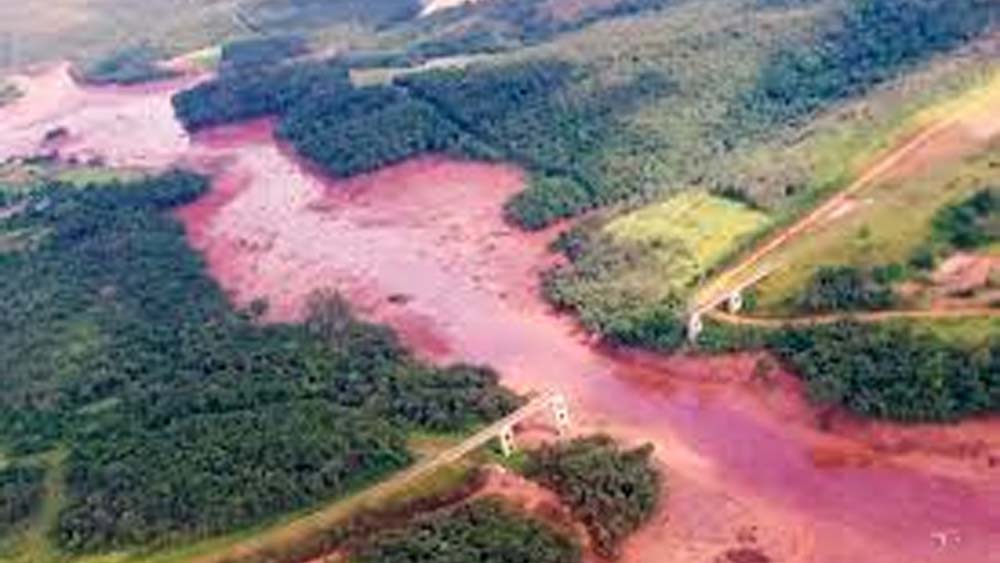The Vale Dam Disaster

Governance issues highlighted in report of second dam disaster
In January 2019, Vale SA’s B1 dam in the town of Brumadinho burst, unleashing a river of toxic mining waste that crushed a Vale dining hall and destroyed parts of the nearby countryside - the miner’s second fatal tailings dam accident in less than four years.
The sudden dam collapse sent a river of waste pouring across the countryside of Minas Gerais state, killing more than 270 people.
A similar disaster at a joint venture with BHP Group in 2015 had left 19 people dead in the town of Mariana and brought even graver environmental consequences. An earthen wall holding back mining waste collapsed, sending a giant wave of mud speeding toward the town of Mariana in southeast Brazil.
Vale SA, which co-owned the mine, vowed to improve safety at dozens of other dams. When new chief executive Fabio Schvartsman took over in May 2017, he coined a company motto: “Mariana, Never Again!”
“It’s obvious from the report that profound changes in corporate governance and risk management need to be made if new disasters like those which happened in Brumadinho and Mariana are to be avoided,” said José Adércio Sampaio, the head federal prosecutor investigating the dam burst.
Evidence has emerged that employees at Vale and at inspection companies it hired knew the dam was risky but did not act. Fabio Schvartsman, chief executive at the time of the dam burst has been indicted for murder.
The 50-page report, commissioned by Vale and prepared by an independent committee that included a former Brazilian Supreme Court justice, said the company had information dating back to at least 2003 attesting to the B1 dam’s instability, but no significant action was ever taken.
The report found that Vale’s divisions were “siloed” in such a way to prevent internal issues or problems from being aired widely. It also cited “a work environment that lacked transparency and that did not encourage personnel to raise concerns and/or question leadership decisions.”
Echoing independent reviews of Vale’s structure, the investigation found that bonuses of employees in the geo-technical area overseeing dam safety were linked almost exclusively to financial targets with safety goals representing a small portion of compensation metrics.
Vale has since changed compensation practices to give greater weight to safety and also created a new risk management structure including an executive board focusing on safety and operations that reports to the company’s new CEO, Eduardo Bartolomeo.
The company faced billions of dollars in potential liability and criminal cases that could go on for years, and has acknowledged that it could have to boost provisions by $1 billion to $2 billion as part of a global settlement.



